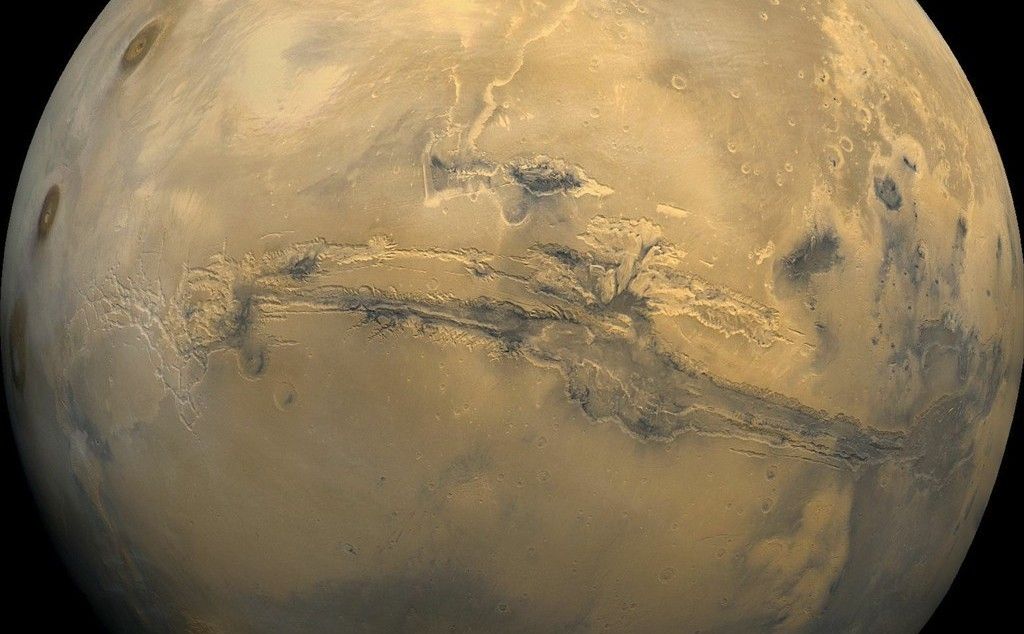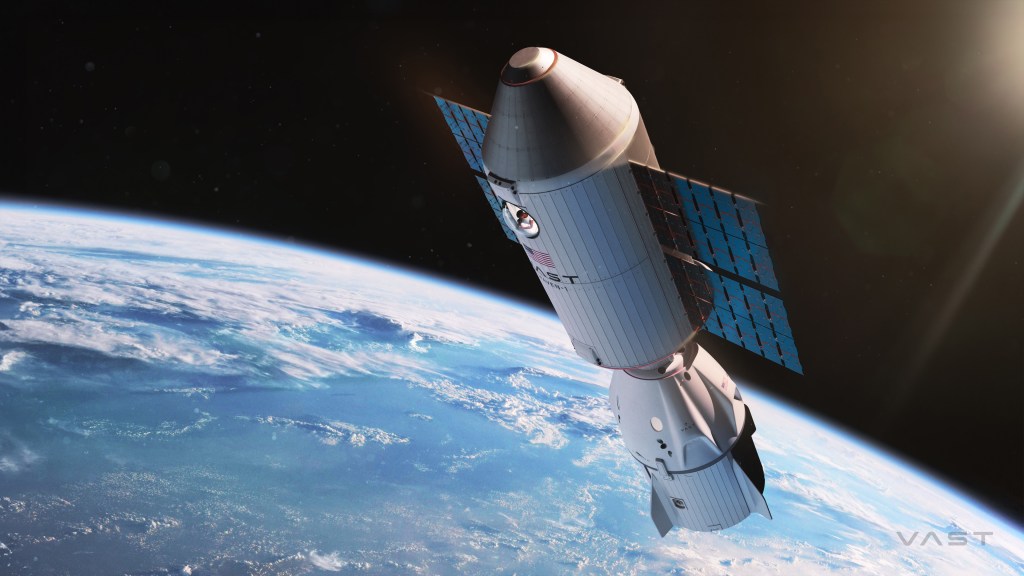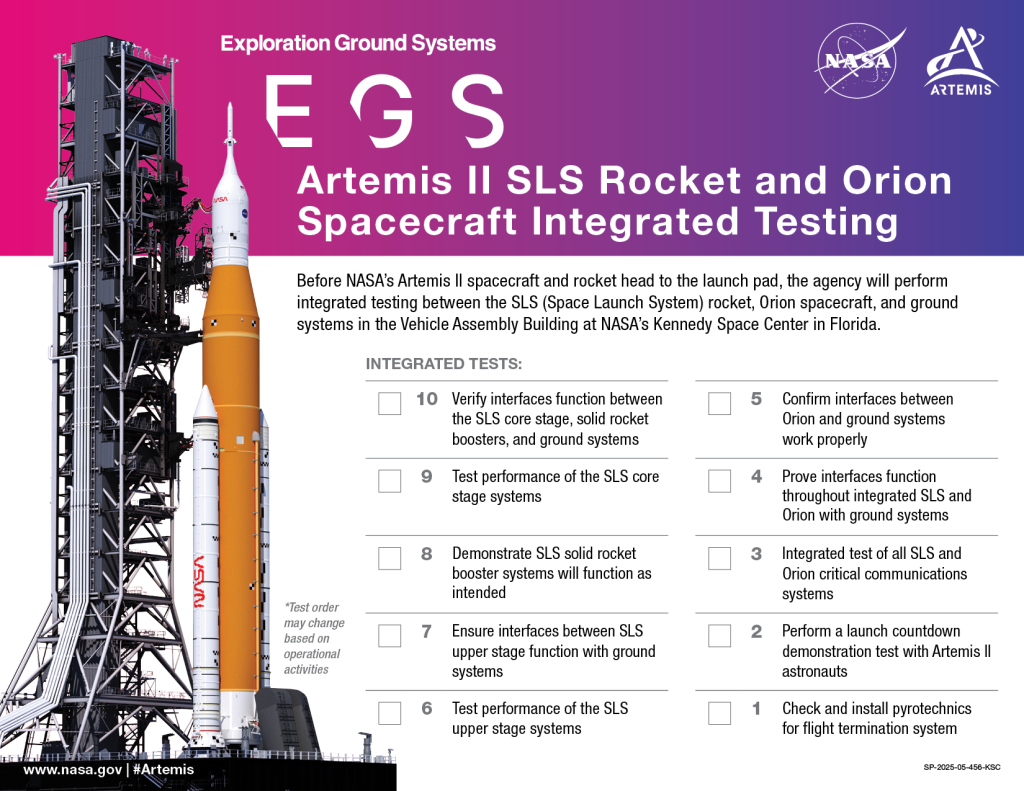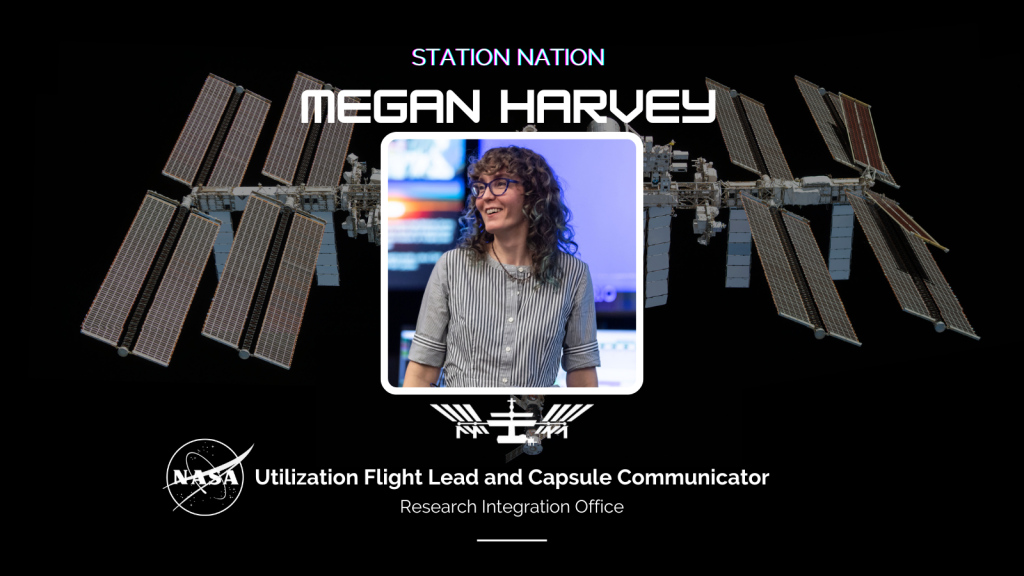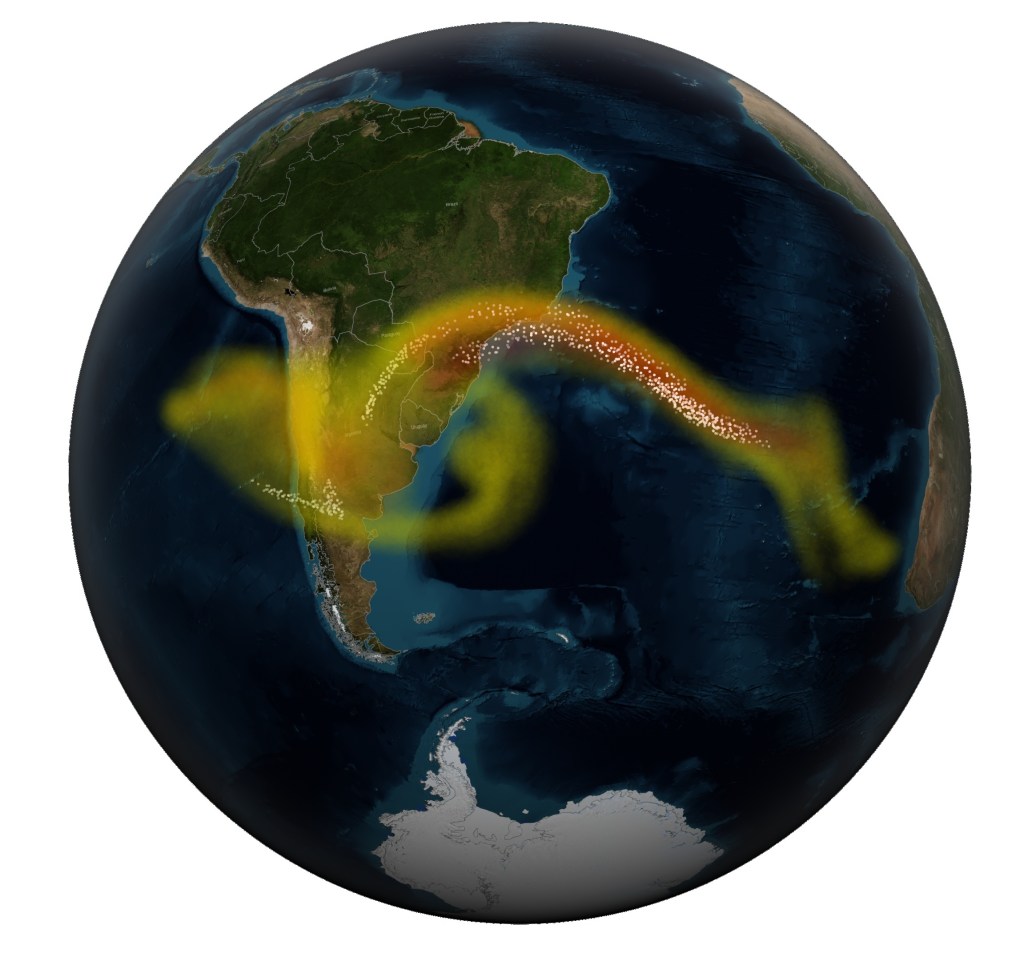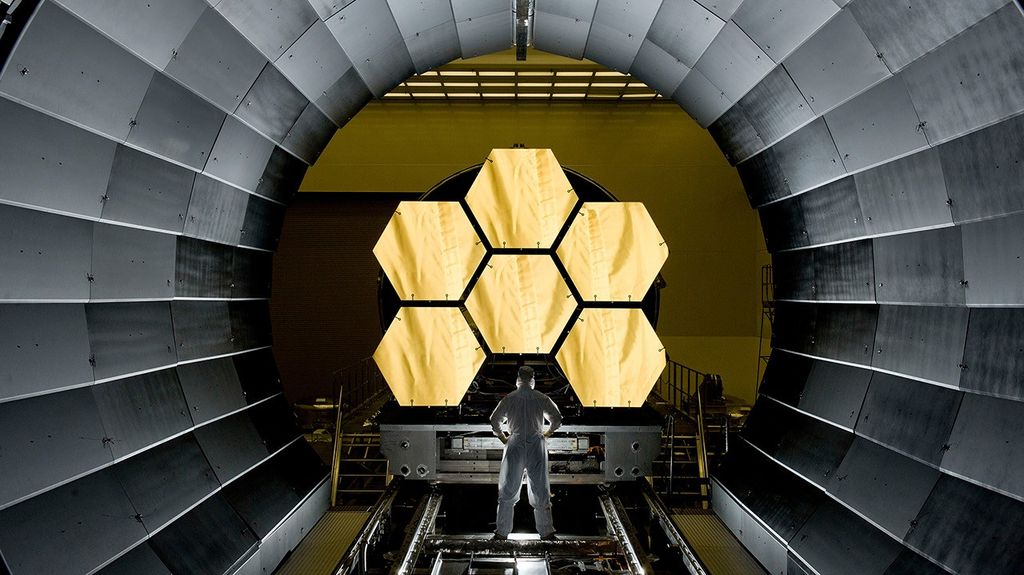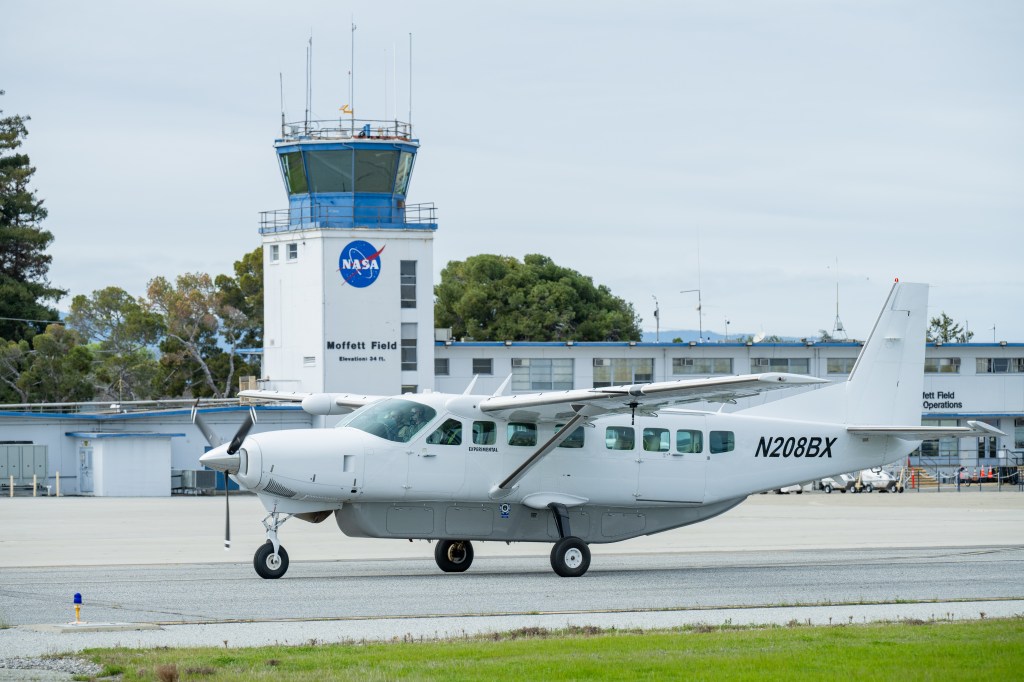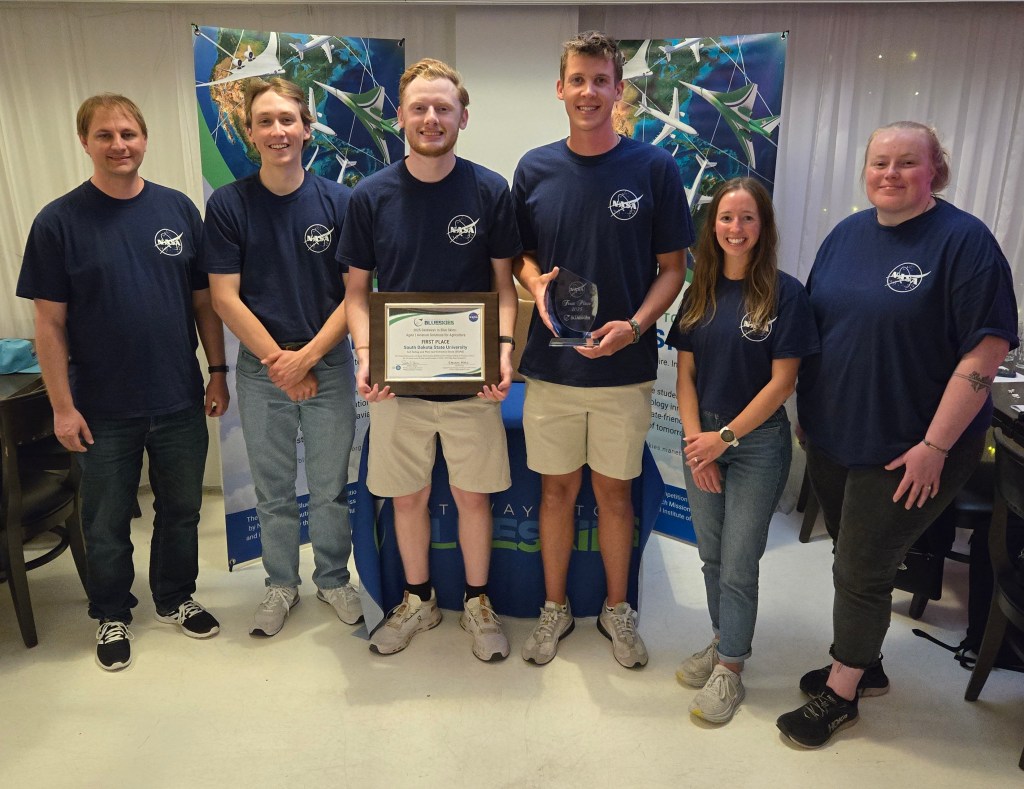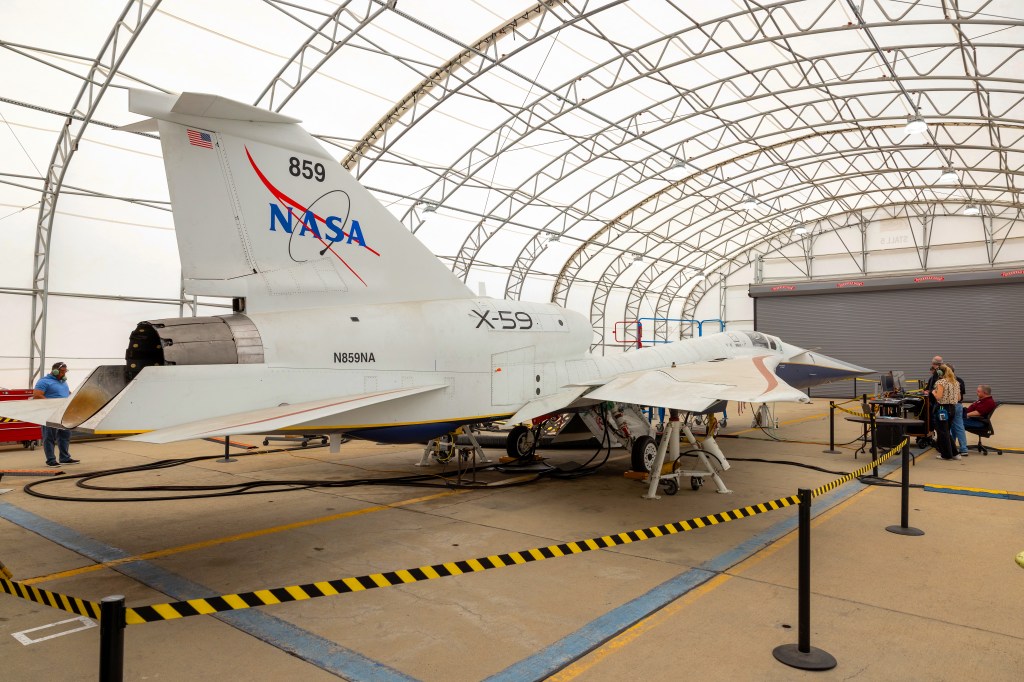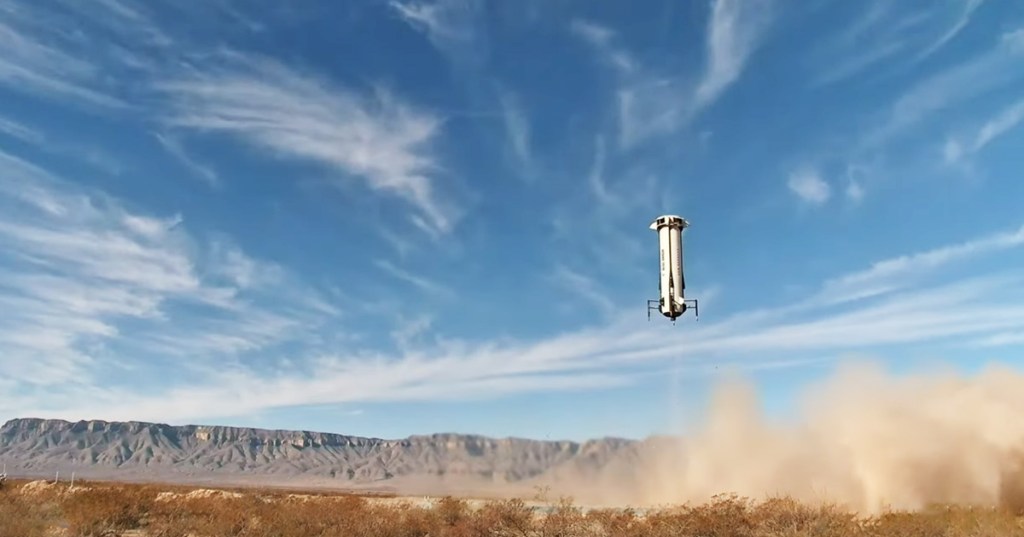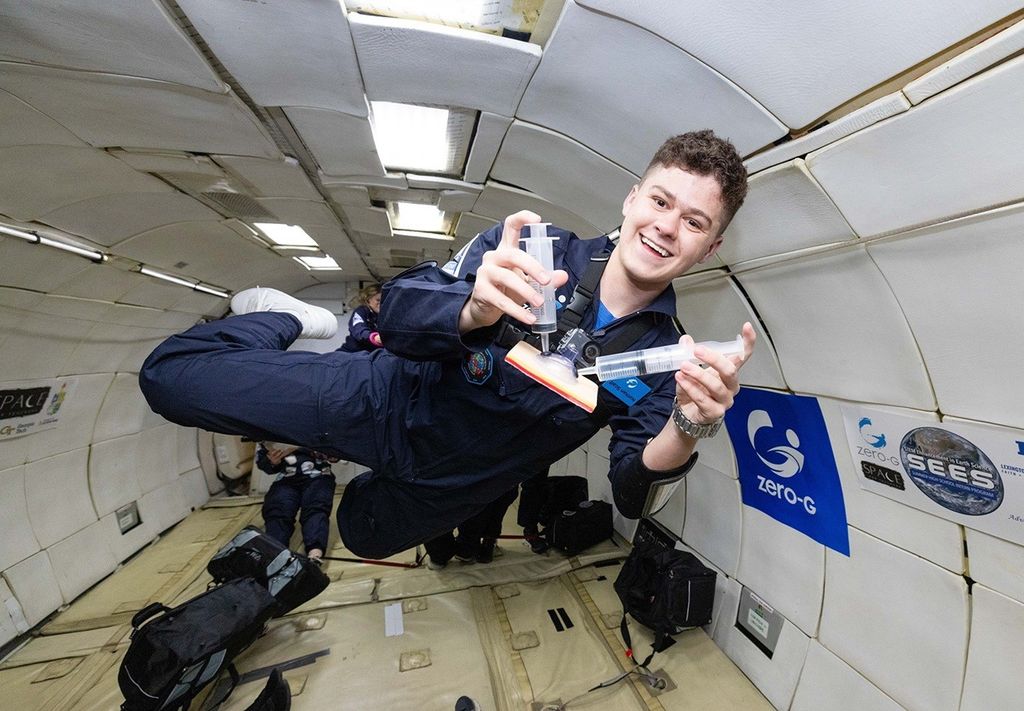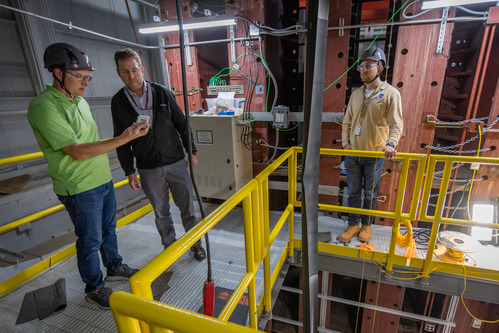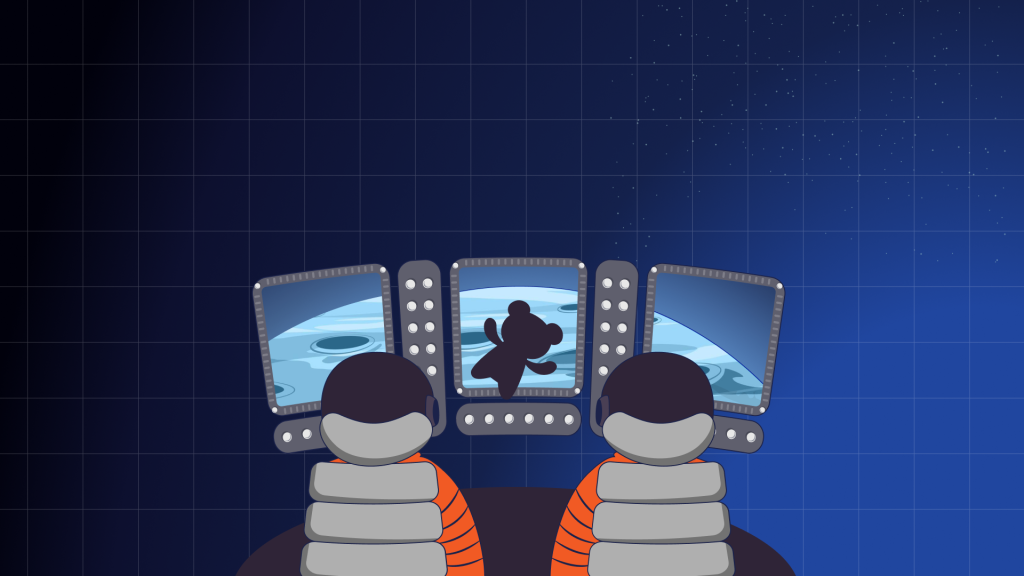NASA's return to Mars began at 11:02 a.m. Eastern time this morning as the 2001 Mars Odyssey spacecraft roared into space onboard a Delta II launch vehicle from Cape Canaveral Air Force Station, Fla.
MEDIA RELATIONS OFFICE
JET PROPULSION LABORATORY
CALIFORNIA INSTITUTE OF TECHNOLOGY
NATIONAL AERONAUTICS AND SPACE ADMINISTRATION
PASADENA, CALIF. 91109. TELEPHONE (818) 354-5011
http://www.jpl.nasa.gov
Contact: Mary Hardin (818) 354-0344
NASA's return to Mars began at 11:02 a.m. Eastern time this morning as the 2001 Mars Odyssey spacecraft roared into space onboard a Delta II launch vehicle from Cape Canaveral Air Force Station, Fla.
About 53 minutes later, at 11:55 a.m. Eastern time, flight controllers at NASA's Jet Propulsion Laboratory received the first signal from the spacecraft through the Deep Space Network station in Canberra, Australia indicating that all is well aboard the orbiter.
"I've never seen a more spectacular launch," said David Spencer, Odyssey's mission manager at JPL in Pasadena, Calif. "The spacecraft seems to be performing beautifully, and we're right on our timeline. This gives us a terrific start on our odyssey to Mars."
NASA's latest explorer carries three scientific instruments designed to tell us what the Martian surface is made of and about its radiation environment: a thermal-emission imaging system, a gamma ray spectrometer and a Martian radiation environment experiment. During its cruise to Mars over the next six months, the spacecraft will turn on and calibrate the instruments. The spacecraft will also fire its thrusters in five small maneuvers designed to fine-tune its flight path to Mars. Odyssey will arrive at Mars on October 24, when it will fire its main engine and be captured into Mars' orbit.
The Jet Propulsion Laboratory manages the 2001 Mars Odyssey mission for NASA's Office of Space Science, Washington, D.C. Principal investigators at Arizona State University in Tempe, the University of Arizona in Tuscon, and NASA's Johnson Space Center, Houston, Texas, will operate the science instruments. Lockheed Martin Astronautics, Denver, Colo., is the prime contractor for the project, and developed and built the orbiter. Mission operations will be conducted jointly from Lockheed Martin and from JPL, a division of the California Institute of Technology in Pasadena.


